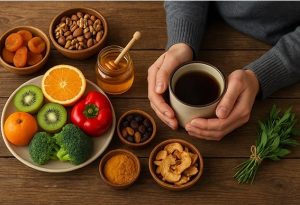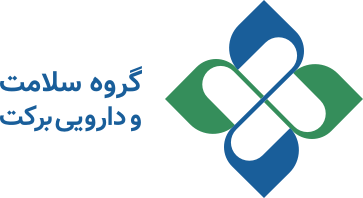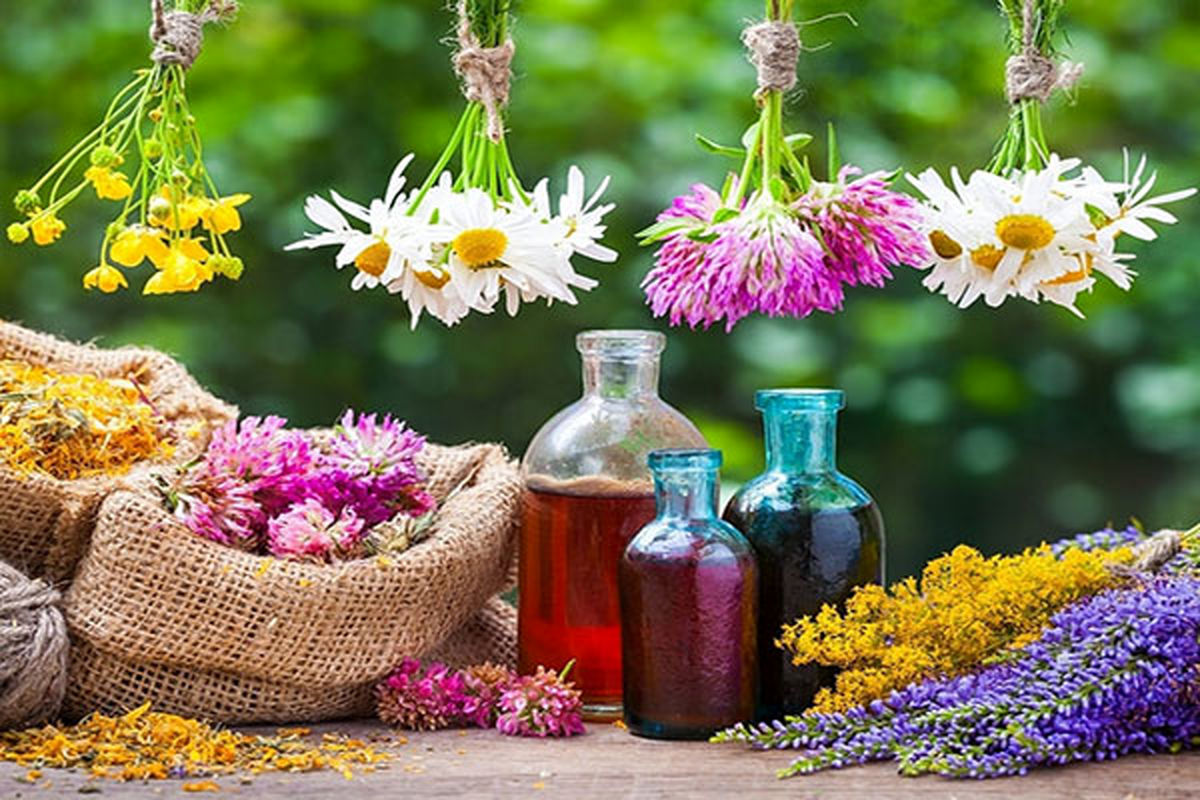
Iran’s Green Gold: From Ecological Diversity to Conquering Global Herbal Medicine Markets
Barekat Health & Pharmaceutical Group: Iran, with its rich history and diverse culture, stands as one of the world’s most significant sources of medicinal plants. Over 2,300 medicinal plant species have been identified in the country, each offering unique therapeutic properties utilized in both traditional and modern medicine. This botanical diversity, stemming from Iran’s varied climates—from the cold mountainous regions of the northwest to the arid deserts of the south—provides a natural advantage that few countries in the region possess. This natural capacity presents a rare opportunity for industrial development and export growth in the herbal medicine sector.
However, Iran’s share in the global medicinal plant market remains modest, a disparity that does not reflect the country’s potential. This report delves into the reasons behind this situation and proposes strategies to better harness this “green gold.”
Ecological Diversity: Iran’s Unmatched Advantage in Medicinal Plants
Iran’s climatic variety has fostered the growth of numerous medicinal plants with distinct characteristics and benefits. From the cold highlands of the northwest to the hot, dry southern regions, each ecological zone hosts unique species of medicinal plants.
Plants such as thyme, borage, saffron, yarrow, chamomile, and licorice are not only scientifically valuable but also economically significant. Their adaptability to harsh environmental conditions ensures sustainable and natural cultivation. The traditional knowledge accumulated over centuries, combined with modern scientific research, forms the foundation for developing new and practical products in various industries.
This extensive biodiversity offers a unique opportunity for high-quality agricultural production, which can be marketed domestically and internationally in the form of medicinal products, dietary supplements, fragrances, essential oils, and even personal care items.
Informed Consumption: Necessity of Consulting Traditional Medicine Practitioners
While medicinal plants are recognized for their natural efficacy in treating numerous ailments, their unsupervised use can lead to serious health issues. Many of these plants contain active compounds that, if misused, may cause drug interactions, allergic reactions, or other health complications.
Therefore, the use of any herbal remedy should be under the guidance of a qualified traditional medicine practitioner or an experienced pharmacist. These professionals possess comprehensive knowledge about the properties of plants, appropriate dosages, and potential interactions, ensuring that consumption is both safe and effective.
Adhering to this practice not only safeguards consumer health but also enhances the credibility of Iranian herbal products in both domestic and international markets, thereby improving their export potential.
Raw Export: A Major Obstacle to Value Addition
A significant challenge in Iran’s herbal medicine industry is the widespread export of raw or semi-processed plant materials. This practice relegates Iran to the role of a primary supplier, depriving it of the higher revenues associated with advanced processing and value-added products.
Advanced countries in this sector have established modern facilities for extracting essences, producing capsules, tablets, oils, and other products, thereby generating significantly higher economic returns and capturing a larger share of the global market.
To address this issue, there is a need for increased investment in processing industries, adoption of modern processing technologies, and training of specialized human resources. Additionally, fostering collaboration between universities, research centers, and private companies to develop innovative and high-quality products is crucial.
Standardization: Essential for Accessing Prestigious Markets
Global markets, particularly in Europe, impose stringent regulations for importing herbal products. Without adherence to precise standards and quality assurance, entry into these markets is unattainable. A fundamental problem in Iran is the lack of a cohesive and integrated standardization system. Discrepancies with international standards, absence of equipped laboratories, and inadequate quality control processes have limited exports to valuable global markets.
Developing and implementing a national standardization system aligned with global criteria, expanding quality control laboratories, providing specialized training, and enhancing oversight are vital steps to overcome this challenge.
Branding: Untapped Asset in Iran’s Herbal Products
In international markets, branding is a decisive factor for success. Unfortunately, many Iranian herbal products enter the market without a strong brand identity or professional packaging, leading to reduced visibility and loss of market share.
Effective branding should encompass creating an appealing visual identity, defining a compelling product narrative, employing modern marketing strategies, and maintaining an active presence in digital platforms and international trade exhibitions. These efforts will build consumer trust and distinguish Iranian products from competitors. Support from both government and private sectors can elevate the export status and increase foreign exchange earnings.
Sanctions & Logistics: Challenges in Exporting
Logistical issues and international sanctions present significant barriers to exporting medicinal plants. Transportation restrictions, financial transaction difficulties, high insurance costs, and limited access to global markets have made exports challenging and expensive.
These challenges expose exporters to high risks and additional costs, hindering the growth of exports. Solutions such as developing transportation infrastructure, engaging in proactive economic diplomacy, establishing alternative financial channels, and fostering international collaborations to address logistical obstacles should be prioritized.
Strategic Recommendations for Export Development
To capitalize on Iran’s vast potential in medicinal plants, the following strategies are recommended:
-
Develop Processing Industries: Invest in advanced processing technologies to produce extracts, capsules, tablets, and other value-added products.
-
Enhance Standardization: Create a national standardization system that aligns with international standards and expand quality control laboratories.
-
Strengthen Branding: Build a national brand identity and support companies in professional marketing and packaging.
-
Improve Logistics: Enhance transportation infrastructure, facilitate financial transactions, and mitigate the effects of sanctions.
-
Promote Research and Innovation: Encourage collaboration between universities and industries to develop new products and diversify offerings.
Conclusion
Iran’s “green gold”—its medicinal plants and related products—offers a unique opportunity for economic development, job creation, and public health improvement. The country’s ecological diversity, indigenous knowledge, and scientific capabilities are strengths that can position Iran as a key player in the global herbal medicine market.
However, achieving this goal requires addressing challenges such as raw export practices, weak standardization, inadequate branding, logistical issues, and sanctions. The proposed strategies in this report can pave the way for transformation and sustainable development in this industry.
With careful planning, collaboration between public and private sectors, and investment in technology and marketing, Iran can increase its share in global markets and make the most of this natural blessing.
-
رئیس سازمان غذا و دارو در سل تک فارمد

-
بازدید رئیس سازمان غذا و دارو از سل تک فارمد
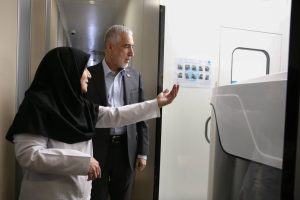
-
صدای زندگی در دنیای خبر: بازتعریف ژورنالیسم سلامت در عصر اطلاعات
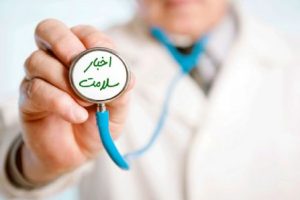
-
گرامیداشت روز پرستار در بیمارستان سرطان برکت؛ دلهای سپید در آینه مهر و قدردانی
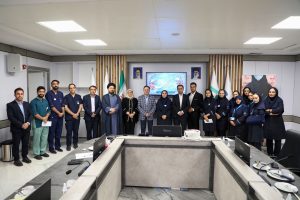
-
بازدید دکتر پیرصالحی از داروسازی ریحانه
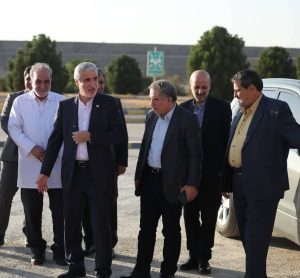
-
رشد قابل توجه سودآوری و بهبود شاخصهای مالی البرزدارو در دوره ۹ ماهه ۱۴۰۴
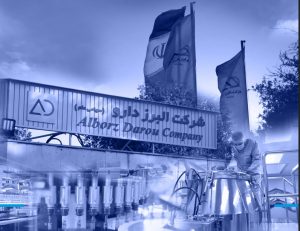
-
علم، سلامت و انسان؛ روایتی از همافزایی برای آیندهای روشنتر

-
پایش سلامت در پاییز؛ از تقویت ایمنی تا حفظ شادابی پوست
